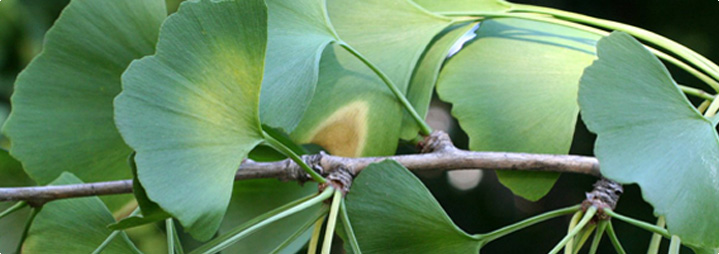Soy and its beneficial effects on osteoporosis amongst postmenopausal women
 It is well documented that women suffer from the bone loss that occurs from osteoporosis more acutely than men do. It is also known from various studies that hormone therapy (HT) can halt the loss of bone. The process of HT carries with it certain side effects, which include: the increased risk of contracting cardiovascular disease and breast cancer. The phytoestrogenic compounds in soy have long been found to carry the means of combating a variety of menopause symptoms and one of these is the bone loss that occurs as a result of osteoporosis. Studies have shown that this process is initiated by the mammalian soy estrogen reacting with the body's estrogen receptors.
It is well documented that women suffer from the bone loss that occurs from osteoporosis more acutely than men do. It is also known from various studies that hormone therapy (HT) can halt the loss of bone. The process of HT carries with it certain side effects, which include: the increased risk of contracting cardiovascular disease and breast cancer. The phytoestrogenic compounds in soy have long been found to carry the means of combating a variety of menopause symptoms and one of these is the bone loss that occurs as a result of osteoporosis. Studies have shown that this process is initiated by the mammalian soy estrogen reacting with the body's estrogen receptors.
Studies carried out to test the effectiveness of soy in fighting the effects of osteoporosis function on the principle that the mammalian estrogen (17 -estradiol) found in soy acts as an antagonist against specific estrogen receptor modulators. Vitro studies have shown that soy can function against the spread of osteoporosis in postmenopausal women. Clinical studies have shown soy to work in this regard in two distinct ways. This is achieved firstly, by the pyhtoestrogens in soy preventing oophorectomy-induced bone loss. Secondly soy while consumed over long periods in the diets of postmenopausal women has found that the chemicals found within soy increase mineral density.
 In a study in which a sample group of postmenopausal women were consuming 8.5 mg of soy protein per day, results showed soy intake to conclusively relate to a lower chance of bone fracture. The results of the study varied between women based on other untested factors, which would aid in the support of bone density. Such differential factors such as physical exercise and the amount of non-soy protein consumed by subjects could considerably compound on existent positive results.
In a study in which a sample group of postmenopausal women were consuming 8.5 mg of soy protein per day, results showed soy intake to conclusively relate to a lower chance of bone fracture. The results of the study varied between women based on other untested factors, which would aid in the support of bone density. Such differential factors such as physical exercise and the amount of non-soy protein consumed by subjects could considerably compound on existent positive results.
Whilst this particular study found soy to be effective in the treatment of osteoporosis, one of the first human based studies found that soy in its supplemented form halted bone loss in some women but had no effect on others. It is also important to note that in the same study, the supplemented soy used only stopped future bone loss but nothing beneficial for bone loss that had already occurred. Results for all tests are further hampered by other factors including: lifestyle and dietary choices.
Sources
JAMA - The Journal of the American Medical Association - Arch Intern Med. 2005;165:1890-1895.



































